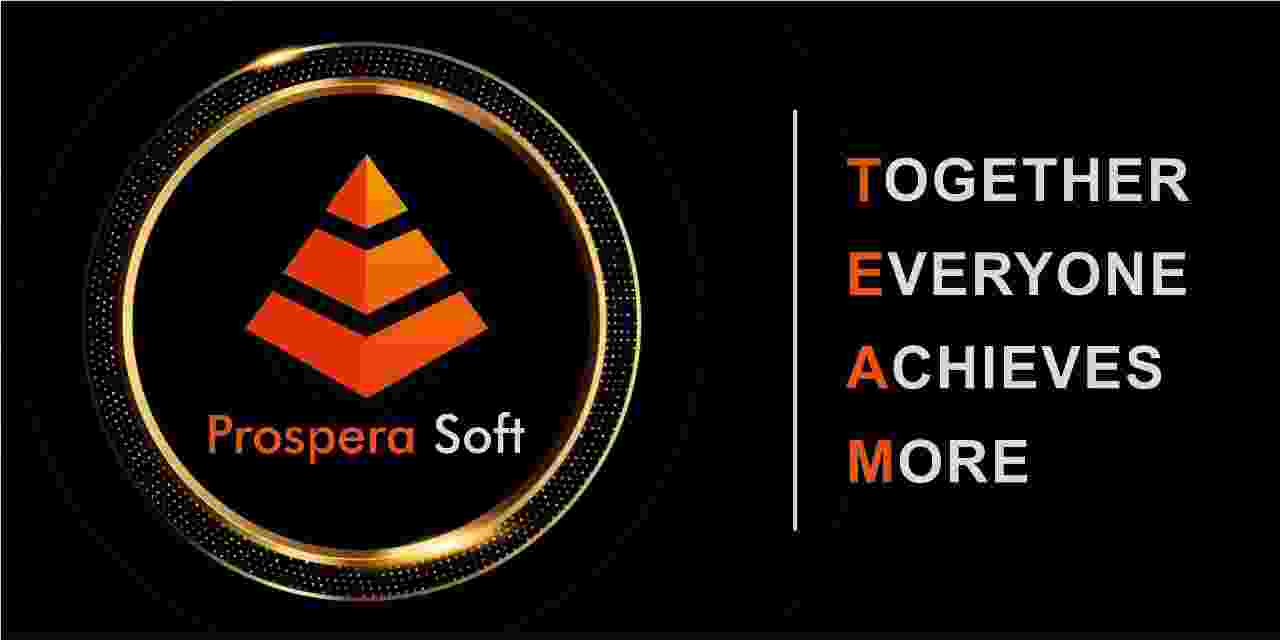Introduction
In today's data-driven landscape, managing and integrating multiple data sources efficiently is paramount for businesses. One of the challenges faced by developers is ensuring that users can seamlessly filter data from different sources using a unified control. In this blog, we will explore strategies for employing the same filter control for two distinct data sources, enhancing user experience and data management.
Understanding Filter Controls
Filter controls allow users to selectively view data based on specific criteria. By utilizing a single filter control across multiple data sources, organizations can provide a more cohesive and intuitive interface. This method simplifies the user experience and reduces complexity, which is vital for effective data management in software development.
Benefits of Unified Filter Controls
Integrating a single filter control for different data sources offers numerous advantages. Not only does it streamline the user interface, but it also enhances the ease of data comparison and transitions. Users can quickly apply the same criteria across various datasets, leading to improved insights and decision-making. Additionally, it minimizes potential errors and inconsistencies associated with separate controls.
Challenges to Consider
While the benefits are significant, there are challenges that come with implementing a unified filter control. Variations in data formats, inconsistencies in data structure, and differing query languages between data sources can complicate the integration process. It is essential to plan and test thoroughly to ensure that the filter works seamlessly.
Approach for Integration
To effectively use the same filter control for two different data sources, employing a middleware approach might be beneficial. This method allows you to create an abstraction layer that handles the various data queries efficiently. By standardizing the data retrieval process, developers can save time and minimize the chances of error. Here’s a brief look at how to achieve this integration:
Key Steps for Implementation
When planning your unified filter control, consider the following key steps:
Implementation Steps
- Identify and standardize data structures across both sources.
- Develop a dynamic query builder that adjusts based on selected filters.
- Utilize data transformation techniques to harmonize data formats.
- Incorporate thorough testing to ensure a seamless user experience.
Case Study: Successful Implementation
Consider a company that needed to integrate sales data from a CRM system and marketing data from an ad management tool. By utilizing a unified filter control, they allowed users to analyze customer behavior across both datasets without switching interfaces. This approach proved to be a game-changer in their data management strategy and helped them derive actionable insights efficiently.
Final Thoughts
Using the same filter control for two different data sources can significantly enhance user experience and streamline data management. While challenges exist, proper planning and execution can lead to a successful integration. As you consider how to implement this strategy, remember the importance of coherent data management practices.
Take Action
If you're looking for expert guidance on integrating filter controls or outsourcing your software development work, look no further. At ProsperaSoft, we specialize in delivering innovative solutions tailored to your needs.
Just get in touch with us and we can discuss how ProsperaSoft can contribute in your success
LET’S CREATE REVOLUTIONARY SOLUTIONS, TOGETHER.
Thanks for reaching out! Our Experts will reach out to you shortly.




